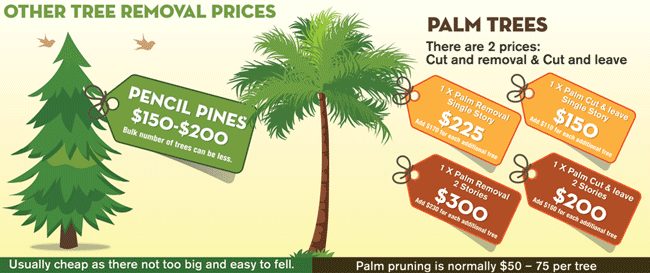Taking Care Of Your Landscape After Tree Elimination Is Essential For Its Repair; Reveal Crucial Measures To Refresh Your Setting And Avoid Future Complications
Taking Care Of Your Landscape After Tree Elimination Is Essential For Its Repair; Reveal Crucial Measures To Refresh Your Setting And Avoid Future Complications
Blog Article
Writer-Berman McKinnon
After a tree's elimination, your landscape might look rather various, and it's necessary to evaluate the results meticulously. You'll want to review the soil disturbance and check surrounding plants for any type of indicators of stress. Disregarding these factors can lead to larger problems down the line. So, what should you finish with those stumps and origins? And just how do you pick the best plants for your rejuvenated room? Let's explore these essential steps.
Analyzing the After-effects: Assessing Your Landscape
After a tree removal, it's important to evaluate your landscape to understand the effect it carries your lawn.
Start by checking out the area where the tree stood. Try to find signs of soil disruption, and examine the bordering plants for any anxiety or damage.
You must also take note of just how the elimination has actually changed sunshine exposure and airflow in your yard. This shift can impact the development of nearby plants, so it's necessary to examine their wellness.
Take into consideration the visual aspects too; the removal may develop an open space that you can revamp.
Lastly, think of any potential erosion issues that could emerge from the tree's absence. Dealing with visit this web-site will aid restore equilibrium to your landscape.
Managing Stumps and Roots: Choices for Elimination
As soon as you have actually assessed the after-effects of the tree elimination, you'll likely need to take on the stump and roots left behind.
You have a couple of alternatives for removal. One efficient technique is stump grinding, where an expert uses an equipment to grind the stump down to underground level. This technique leaves marginal interruption to your landscape.
If you choose a DIY approach, you can make use of a mix of excavating and chemical stump eliminators. Simply bear in mouse click the following post , this procedure can take some time and effort.
Alternatively, take into consideration leaving the stump as an all-natural feature, which can work as a distinct garden component or environment for wildlife.
Whatever you choose, addressing the stump and origins is essential for restoring your landscape.
Selecting the Right Plant Kingdoms for Your New Space
As you assess your newly cleared area, picking the right plants can considerably boost your landscape's beauty and functionality.
Beginning by taking into consideration the sunshine and soil conditions. For warm locations, select drought-resistant plants like lavender or succulents. In shaded areas, brushes and hostas prosper well.
Consider the dimension and development behaviors of your plants; mix perennials and annuals for seasonal variety. Do not neglect to incorporate indigenous species; they call for less upkeep and support local wild animals.
Team plants in strange numbers for an extra natural look and produce layers for aesthetic deepness.
Finally, ensure you have a mix of shades and structures to maintain your landscape dynamic throughout the periods.
Satisfied planting!
Final thought
Finally, recovering your landscape after tree elimination is a fulfilling process. By assessing the consequences, attending to stumps and origins, and selecting the right plants, you'll develop a successful environment. Do not forget to integrate disintegration control actions to shield your soil. With a little effort and treatment, you can transform your area into a lively garden that enhances your property. Accept the possibility to revitalize your landscape and delight in the elegance of nature right in your yard!
